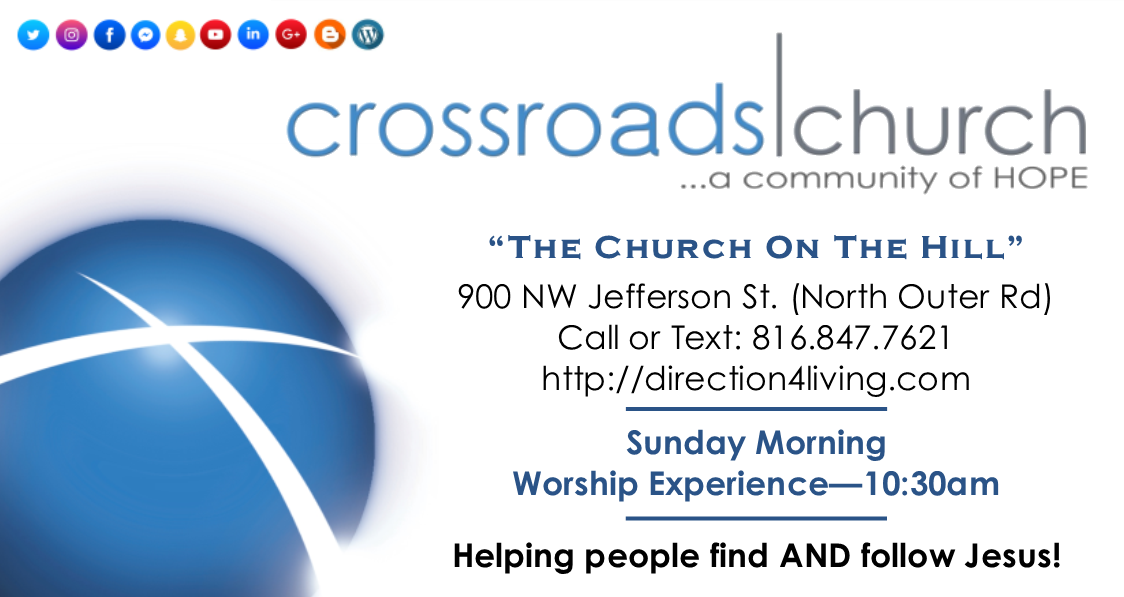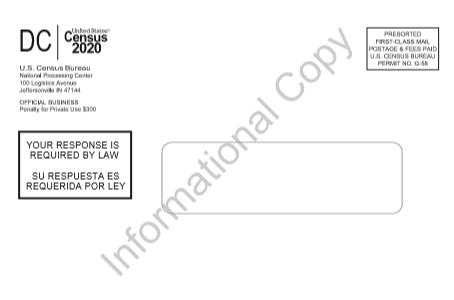|
|
With the 2020 Census ending a month early on September 30th, the Kansas City Regional Complete Count Committee is asking all residents to fill out the survey now. Residents have three options to complete the census. They can visit www.2020Census.gov to complete the form online. They can respond by phone by calling 844-330-2020 (English) and 844-468-2020 (Spanish). If a household received the paper survey, they can complete the form and return it by mail.
Census data guides the distribution of more than $675 billion in federal funds annually to support programs in states and local communities. For every adult and every child not counted in the census, Missouri stands to lose $1,300. Experts estimate that the 2010 census undercounted the population by 1 percent. A similar undercount in 2020 could cost the Kansas City region more than $48 million each year over the next decade. As of September 22nd, Missouri reported a 65% response rate. Grain Valley’s response rate is currently 78.7%. The 2020 Census is getting underway and is ready for America to respond as the first invitations begin to arrive at the nation’s estimated 140 million households March 12-20. For the first time, nearly everyone will be invited to respond online, by phone or by mail. “Invitations are arriving in mailboxes across the country, and everyone will receive an invitation to respond through the mail or from a census worker soon,” Census Bureau Director Steven Dillingham said. “We are encouraging everyone to respond once they receive their 2020 Census invitation.” A sample of the 2020 Census questionnaire is available on 2020census.gov along with more information about when most people will receive their invitations in the mail. The invitation mailings are addressed to “Resident” at the household address and do not include an individual’s name. In areas more likely to respond online, mailings contain information on how to respond online. Households in areas of the country that are less likely to respond via the internet will also receive a paper questionnaire in their first mailing, along with information on how to respond online. All nonresponding households will receive a paper questionnaire after two more reminder mailings. Along with the invitations, people can expect to find an overview of the census, a description of language assistance in English plus 12 non-English languages and a census ID number linked to their address. About 13 million households across the nation will receive bilingual English/Spanish invitations and questionnaires. For a small portion of the country, in areas where mail is generally not delivered to the physical location of residences (e.g., small towns with P.O. box-only delivery), census enumerators will visit households to either hand-deliver invitations and paper questionnaires or to conduct interviews with households to collect their census data. The 2020 Type of Enumeration Area Viewer, an interactive map application, shows how different geographic areas will be invited to respond to the 2020 Census and which areas will not receive an invitation. “Responding to the 2020 Census is easy, safe and important, and it’s key to shaping the future of your community,” Dillingham said. “The 2020 Census will determine the number of seats each state has in the U.S. House of Representatives, and influences how hundreds of billions of dollars in public funds are allocated for critical public services like emergency response, schools, hospitals, roads and bridges over the next 10 years.” The Census Bureau has created an interactive response rates map at 2020census.gov/response-rates so America can keep track of how they’re doing. Beginning on March 20, the map will be updated daily to reflect current response rates from communities around the country. For comparison, the map also displays the final response rate from the 2010 Census. Invitations to complete the US Census will be mailed to households March 12-20th. For the first time, nearly everyone will be invited to respond online, by phone or by mail.
Photo credit: US Census Bureau Households will begin receiving official Census Bureau mail with detailed information on how to respond to the 2020 Census online, by phone, or email.
As the 2020 Census nears, Valley News will take a look at how census figures are used to measure the nation’s people, places, and economy. This week, as we near St. Patrick’s Day, we look at census information related to the Irish in the United States. The U.S. Congress proclaimed March as Irish-American Heritage Month in 1991, and the president issues a proclamation commemorating the occasion each year. Originally a religious holiday to honor St. Patrick, who introduced Christianity to Ireland in the fifth century, St. Patrick’s Day has evolved into a celebration of all things Irish. The world’s first St. Patrick’s Day parade occurred on March 17, 1762, in New York City, featuring Irish soldiers serving in the English military. This parade became an annual event, with President Truman attending in 1948. The following facts are made possible by the invaluable responses to the U.S. Census Bureau’s surveys. Did You Know? 32 Million or 9.9%The number and percentage of US residents who claimed Irish ancestry in 2018. 470,277 The number of people living in Cook County, IL, the county with the largest population of people who claimed Irish ancestry in 2018. 20,590 The estimated number of US residents who spoke Irish Gaelic in 2013. |
Categories
All
Archives
July 2024
|
Grain Valley NewsGrain Valley News is a free community news source published weekly online. |
Contact Us |



 RSS Feed
RSS Feed
